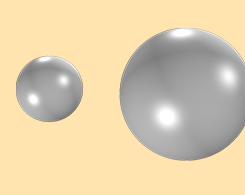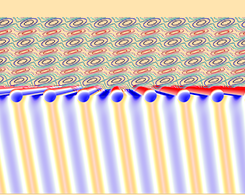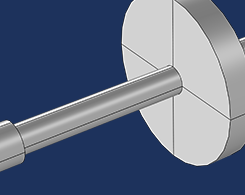Blog Posts Tagged Technical Content

How to Calculate a Capacitance Matrix in COMSOL Multiphysics®
Calculating the capacitance between two conductors is simple, but adding more conductors to the mix (as is the case with touchscreens, transmission lines, and capacitive sensors) adds complexity.

How to Model the Optical Properties of Rough Surfaces
We develop a computational model for calculating the optical properties of rough surfaces, such as incident light on a dielectric material with random variations in height and thickness.

How to Create a Randomized Geometry Using Model Methods
What does cheese have to do with setting up a COMSOL Multiphysics® model? Here, we use the random holes in a piece of Swiss cheese to demonstrate creating randomized geometries with methods.

How to Generate Random Surfaces in COMSOL Multiphysics®
Get a comprehensive background and step-by-step guide to generating random surfaces in COMSOL Multiphysics®, such as rough surfaces and microstructures.

Computing the Band Gap in Superlattices with the Schrödinger Equation
You can easily compute the effective band gap for a superlattice structure by using a predefined Schrödinger Equation interface and building a simulation application.

Analyzing Critical Speeds with the Rotor Bearing System Simulator
The critical speed of a rotor is the speed at which the amplitude of the vibration in the system could potentially cause failure. Analyze critical speeds in rotor designs with an application.

How to Model Gearbox Vibration and Noise in COMSOL Multiphysics®
Compute the NVH, an important design consideration for automobiles, industrial machinery, and more, in a gearbox design using multibody analysis. Part 5 of a series on gear modeling.

How to Analyze Eigenfrequencies That Change with Temperature
In certain scenarios, such as in the MEMS field, the eigenfrequencies of a device can change with temperature. Here’s a guide to studying temperature-dependent eigenfrequencies.
